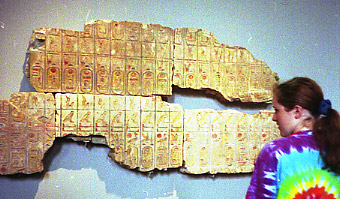Lacking an eraser, or some sort of editor's masking liquid, the poor scribe had to eradicate the erroneous symbol, and then chisel the correct one over the scar in the otherwise smooth stone.
Even they weren't perfect. And down through the centuries, writers of all sorts have had to deal with typos. A friend of mine once joked that, “Some people appear to lack the spelling gene in their DNA.
But what about the typos that go unseen? Could they be due to a condition called Typoglycemia, (typo+glycemia), where the mind unknowingly amends typos and never notices a problem.
And even the most diligent author, or editor, can gloss over errors when they are engrossed in a story or a poem. Perhaps this a sign that the art supersedes the errors on the page. I'd like to think so.
My own books have suffered from typos, even after myriad edits were performed by myself and many others. Recently, someone gently noted that there was a “t” missing in one of my poems. In every other draft, the “t” is there. I checked. Embarrassing? You bet.
To date, I have learned that there can never be enough eyes on a writer's work. And I am grateful that, if and when typos do arise, I don't have to resort to pounding on stone with a hammer and chisel.
Image: neil.fraser.name

 RSS Feed
RSS Feed